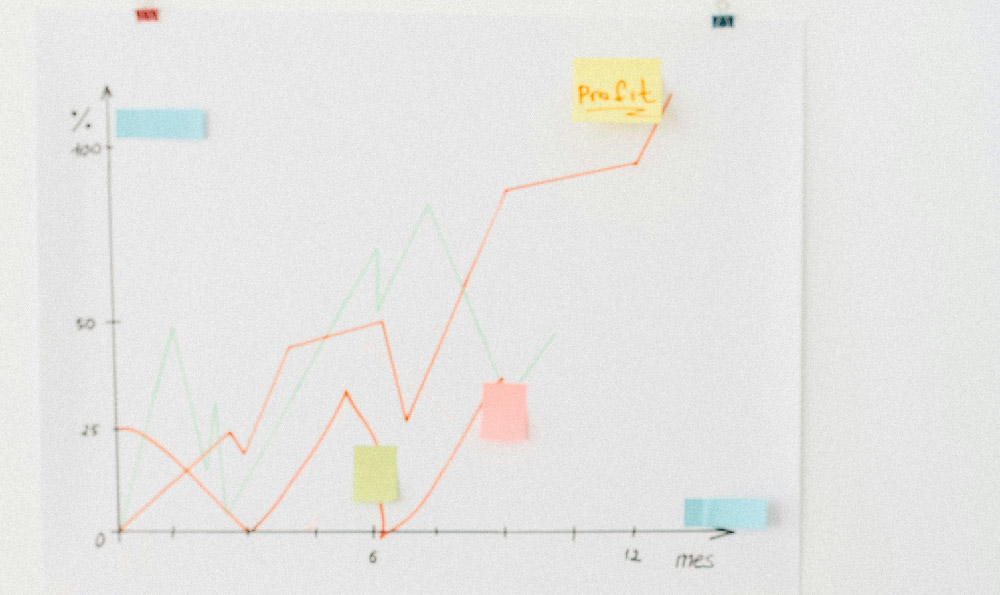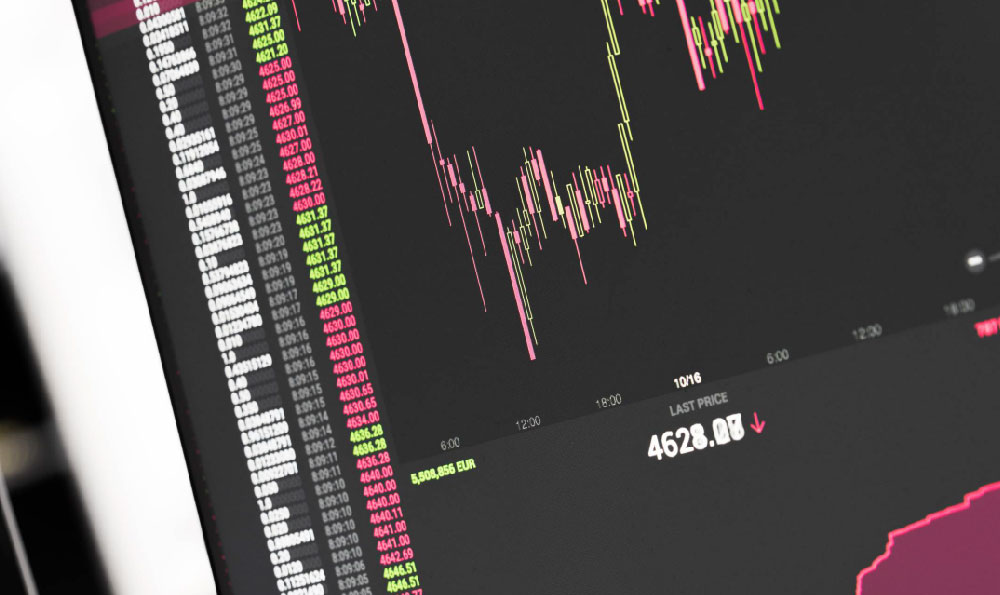In 2023, the National Basketball Association (NBA) continues to evolve as a premier global sports league, with player earnings reflecting both the league's financial health and the shifting dynamics of the basketball world. The intersection of talent, market forces, and contractual agreements shapes the earnings breakdown, offering insight into how athletes navigate the complexities of professional sports. While the league’s average salary has remained a metric of interest for fans and analysts, it is essential to understand the broader factors that influence this figure, the disparities among positions and star power, and the long-term implications for both players and franchises.
The overall average salary for NBA players in the 2023 season has seen steady growth over the past decade, driven by the league’s increasing revenue and the competitive nature of free agency. According to the latest reports from the NBA’s official salary database and third-party analyses, the average salary for a player during the 2022–2023 season stands at approximately $8.7 million, up from $7.9 million in the previous season. This figure, while seemingly straightforward, masks a significant variance across the league, as star players command multi-million-dollar contracts, while mid-tier and rookie athletes receive substantially lower compensation. The equation between market value, team budgets, and the Collective Bargaining Agreement (CBA) plays a crucial role in determining these earnings. For instance, the 2023 CBA introduced nuanced adjustments to the salary cap and luxury tax thresholds, which not only impacted how teams allocate resources but also influenced the trajectory of individual player salaries.
A deeper dive into the data reveals that the average salary for players is not uniform across positions or roles. Guards, particularly those with high scoring abilities or playmaking skills, often receive higher average salaries than forwards or centers. This trend is partially attributed to the modern game’s emphasis on perimeter play and the scarcity of elite point guards, which drives up demand and hence pay. However, the gap between the highest-earning players and the rest of the roster has widened considerably. Superstars like LeBron James and Kevin Durant, who are among the most marketable athletes in the NBA, often secure contracts that are multiples of the average, with top-tier players earning upwards of $35 million annually. These figures are not merely a reflection of individual performance but also of their global appeal, brand value, and the financial commitments required to retain them.

The salary breakdown also highlights the impact of rookie contracts, player development, and endorsement deals. For example, early-career players entering the NBA through the draft often receive guaranteed contracts that balance market value with the league’s financial regulations. The 2023 season has seen a notable increase in the amount of money awarded to rookie players, with some securing contracts valued in the tens of millions. This trend is influenced by the growing emphasis on young talent, as teams invest heavily in prospects who may become future stars. Additionally, the rise of social media and global branding opportunities has allowed players to secure lucrative endorsement deals that supplement their income beyond the league’s wages. These off-court earnings have become a critical component of a player’s overall financial strategy, particularly for those who are still in their early careers or have not yet reached the top echelons of the league.
Another key factor is the role of free agency in shaping the salary landscape. The 2023 free agency period demonstrated the significant influence of market dynamics, as high-profile players vacated their previous contracts to join teams offering more competitive terms. The availability of mid-level exceptions and blockbuster trades has further complicated the salary structure, enabling teams to either elevate their rosters or manage financial burdens more effectively. For instance, the Denver Nuggets’ acquisition of Nikola Jokic and the Brooklyn Nets’ signing of Kyrie Irving reflected a strategic use of trade assets to balance competitive aspirations with budgetary constraints. These moves underscore how the salary breakdown is not just about numbers but also about the interplay of team strategy, market demand, and player mobility.
The financial implications of the salary breakdown extend beyond individual player earnings to affect the broader sports economy. The NBA’s average salary is a benchmark for player value, but it also serves as an indicator of league profitability and its ability to sustain star power. For example, the rise of streaming services and the increasing commercialization of basketball have contributed to higher overall salaries, creating a new paradigm for athlete compensation. At the same time, the competition for talent has driven up the stakes for teams, as they must allocate significant portions of their budgets to attract and retain the best players. This creates a delicate balance between paying enough to compete and managing financial risk, which is a critical consideration for team executives and agents alike.
Looking ahead, the future of the NBA salary breakdown is likely to be shaped by economic trends, the evolution of player contracts, and the growing influence of the global market. The 2023 CBA has already introduced changes that will influence how players and teams negotiate in the upcoming seasons, with adjustments to the salary cap and the introduction of new incentives for young athletes. The increasing integration of data analytics and performance metrics in player evaluation may also lead to more refined salary structures, as teams become better at assessing talent and its market value. Additionally, the ongoing exploration of new revenue streams, such as virtual currency and digital sponsorships, could further alter the financial landscape for players, offering opportunities to diversify income sources beyond traditional endorsement deals.
In conclusion, the financial health of the NBA and the earnings of its players are deeply intertwined, with the 2023 salary breakdown revealing both the league's strengths and its challenges. The average salary of around $8.7 million, while a useful benchmark, must be contextualized within a broader framework of player positions, market forces, and contractual negotiations. As the league continues to grow and adapt to the changing sports and entertainment landscape, the role of player earnings will remain a focal point for fans, analysts, and industry participants. The dynamic nature of the NBA salary structure ensures that it is not a static figure but a reflection of the ever-evolving global sports economy.












